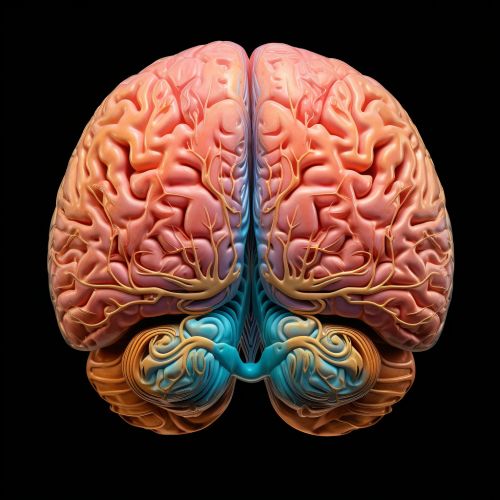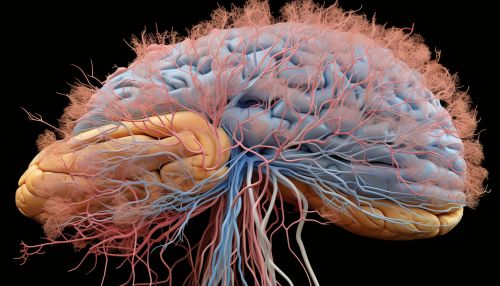Cognitive Neuroscience of False Memories
Introduction
Cognitive neuroscience is a branch of neuroscience that explores the biological processes that help us to understand complex cognitive functions such as memory, language, emotions, perception, and so on. One of the intriguing phenomena studied in this field is the occurrence of false memories. False memories refer to the recollection of events, details, or experiences that did not actually occur. This article delves into the cognitive neuroscience behind false memories, exploring the biological and neurological mechanisms that contribute to their formation.


Memory Formation and Storage
Memory formation and storage is a complex process involving several regions of the brain. The hippocampus, located in the medial temporal lobe, plays a crucial role in the formation of new memories. It is responsible for encoding information about events and experiences into memory, a process known as memory consolidation.
The prefrontal cortex, on the other hand, is involved in the retrieval of these memories. It helps to reconstruct the memory by piecing together the various elements stored in different parts of the brain. This reconstruction process is susceptible to errors, leading to the creation of false memories.
Mechanisms of False Memory Formation
False memories can be formed through several mechanisms. One of the most common is through the process of memory distortion, where the details of a memory are altered or fabricated. This can occur during the encoding, storage, or retrieval stages of memory.
Another mechanism is through memory implantation, where an entirely false memory is created. This can occur when a person is exposed to suggestive information or leading questions, causing them to believe they experienced something that did not actually happen.
Neural Correlates of False Memories
Research has identified several neural correlates associated with false memories. Neuroimaging studies have shown that the activation patterns in the brain during the retrieval of true and false memories are remarkably similar. Both types of memories activate regions in the prefrontal cortex and the medial temporal lobe, including the hippocampus.
However, some differences have been noted. For instance, false memories tend to activate the anterior cingulate cortex and the prefrontal cortex more than true memories. These regions are associated with conflict monitoring and decision making, suggesting that the brain may be trying to resolve the discrepancy between the false memory and reality.
Factors Influencing False Memories
Several factors can influence the formation of false memories. These include age, stress, sleep deprivation, and the use of certain drugs. For example, older adults are more susceptible to false memories due to age-related changes in the brain. Stress and sleep deprivation can impair memory consolidation and retrieval, increasing the likelihood of memory distortions. Certain drugs, such as benzodiazepines, can also induce false memories by disrupting the normal functioning of the hippocampus.
Implications of False Memories
The phenomenon of false memories has significant implications in various fields, including legal, clinical, and educational contexts. In legal settings, false memories can lead to wrongful convictions based on inaccurate eyewitness testimonies. In clinical psychology, false memories can affect the accuracy of patients' self-reports and the effectiveness of therapies. In education, false memories can influence learning and academic performance.
Conclusion
Understanding the cognitive neuroscience of false memories is crucial for various reasons. It can help to improve memory accuracy in various contexts, develop strategies to reduce the occurrence of false memories, and inform legal and clinical practices. Despite the progress made in this field, there is still much to learn about the complex mechanisms underlying false memories.
